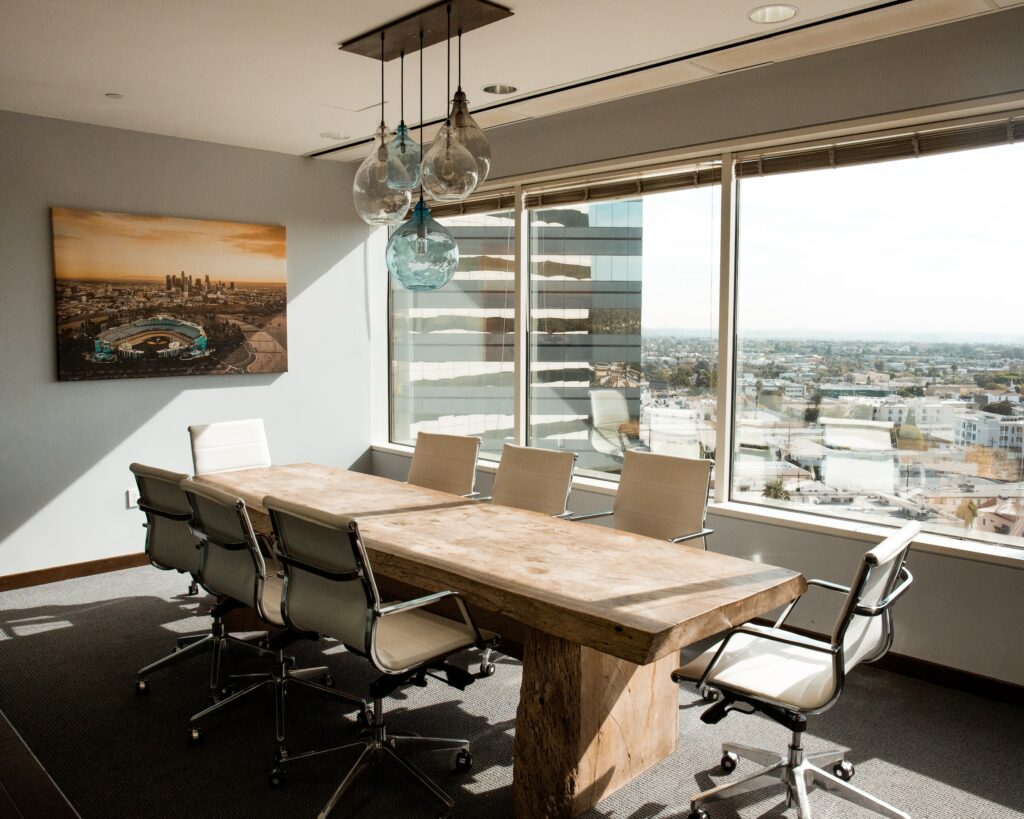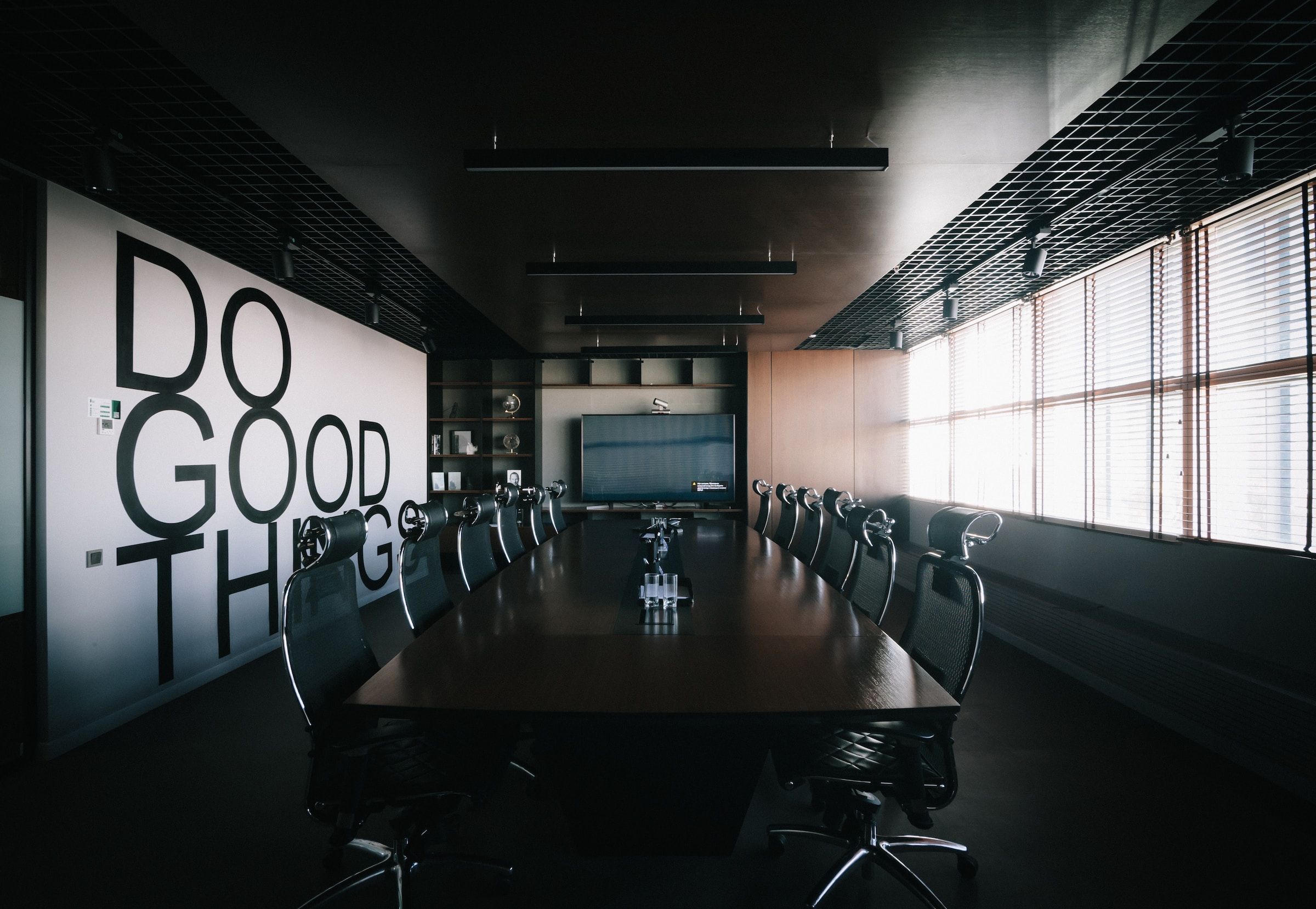The benefits of natural light in office environments are well documented – improved mood, enhanced focus, and reduced eyestrain. However, balancing light with glare and heat can be a challenge. It is where window tinting comes in as an impactful solution for commercial spaces.

Controlling Light and Energy for Maximum Comfort
Window tinting films, installed on the interior or exterior of glass surfaces, allow light transmission while reducing heat and glare. The result? A comfortable, productive environment for employees. Consider these statistics:
- Employees working near windows receive 46% more white light exposure during work hours, equating to better sleep and vitality.
- Workers are 18% more productive on average when exposed to natural light.
- Sun-facing offices record temperatures up to 30°F cooler with solar window tints.
It’s clear that light matters, but so does comfort. Window tints moderate the sun’s intense rays, lowering AC costs and creating an enjoyable workspace.
Privacy and Security Enhanced
Beyond light and temperature regulation, window tinting also upgrades office space with enhanced privacy, security and style.
Tints make it difficult to see inside from the outside, preventing prying eyes. It is especially important for financial institutions, legal firms, healthcare settings and more. Additionally, safety films provide an extra layer of protection in the event of broken glass. Security features like glass fracture and anchoring systems can also be added.
The “Green” Factor
Eco-conscious companies will appreciate how window films reduce energy consumption year-round. Limiting heat and glare means your HVAC system can work less hard. It saves electricity and lowers utility expenses.
Which Type of Tint is Best?
There are a few options when it comes to film type and methods for applying them:
- Dyed – Offering a lower cost option, dyed films reduce glare and absorb heat.
- Metallized – Reflective metals reject more heat from sunlight. Metallized films come in various tint colours.
- Ceramic – Considered a high-performance film, ceramics reflect heat and reduce fading by blocking UV rays.
- Exterior – Professionally installed on the outside surfaces of windows. Most effective for handling heat gain.
- Interior – Applied inside a pane of glass and typically easier to install. Good for reducing glare.
Within these categories, films come in varying levels of light transmission (VLT) and heat reduction. A reputable dealer can recommend the right product to suit your office requirements.
Frequently Asked Questions:
Do films help with fading?
Yes! UV rays are the primary cause of fading on furnishings. Films block up to 99% of UV light.
Can window films be installed on any glass surface?
Films can be installed on most glass, however some specialty applications may have limitations. Check with your dealer.
How long does installation take?
For a typical office space, window tinting can usually be completed in one business day. Larger commercial projects take slightly longer.
Enhance Views While Managing Light
The next time you squint from the glare of your computer screen or blast the AC on a sweltering afternoon, consider how window films could transform your office. Balancing superb optics, thermal performance and security, today’s films help commercial spaces control light on their terms. Employees get to enjoy views without sacrificing comfort or productivity. It’s an investment in sustainability, efficiency and people-friendly workplaces.
